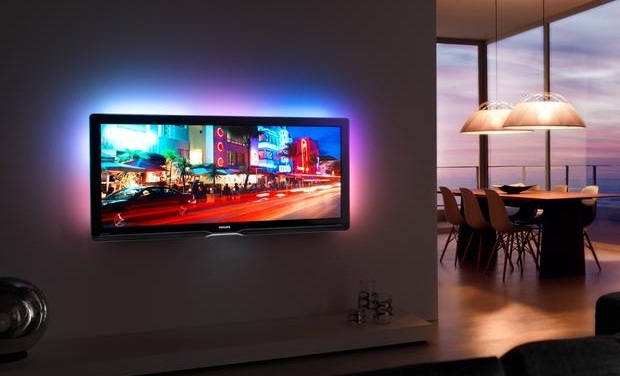What is it with TVs these days? Billion-to-one contrast ratios. 600Hz refresh rates. And now: begun, the aspect ratio wars have. 21:9 may be more familiar to you as something like 2.35:1 or Anamorphic widescreen. The widest of the common aspect ratios, the size has been around for a long time and many films will now be viewable without letterboxing on this 56-inch TV. But is it worth it?
While having a screen this wide is a boon for those people who use their TV only for movies, but what about all the other content? Home videos are shot at 4:3 or 16:9. HDTV broadcast standard is approaching 16:9. 50 years of TV programming are in 4:3. How will the TV handle them? Unfortunately, by stretching the image, a technique I consider incompatible with reason.

Their plan for stretching 16:9 to 21:9 involves “only stretching the edges of the image” with some sort of reverse Anamorphic process. This can’t possibly look right; even Anamorphic, a mature technology that’s been around for many decades, produces a very specific distortion that once you see, you can’t un-see. 4:3 images will be stretched to 16:9, apparently because Philips thinks we’re too inattentive to notice that everyone’s head looks like Stewie’s.
Why stretch it at all? Why not letterbox it, or windowbox it, or do whatever it takes to preserve the original content? Cinematographers will shoot themselves en masse when they see their carefully composed shots as if in a funhouse mirror.
If you must have one of these TVs (they cost a huge amount, around $7000 if I remember correctly), then please only watch movies meant for it. Keep a 16:9 display around or do what you can to minimize the amount of stretching your media gets. And consider that a 16:9 display that’s not too much bigger (maybe 65 inches?) will give you the same size image, probably at a lower price and with no compatibility price to pay.